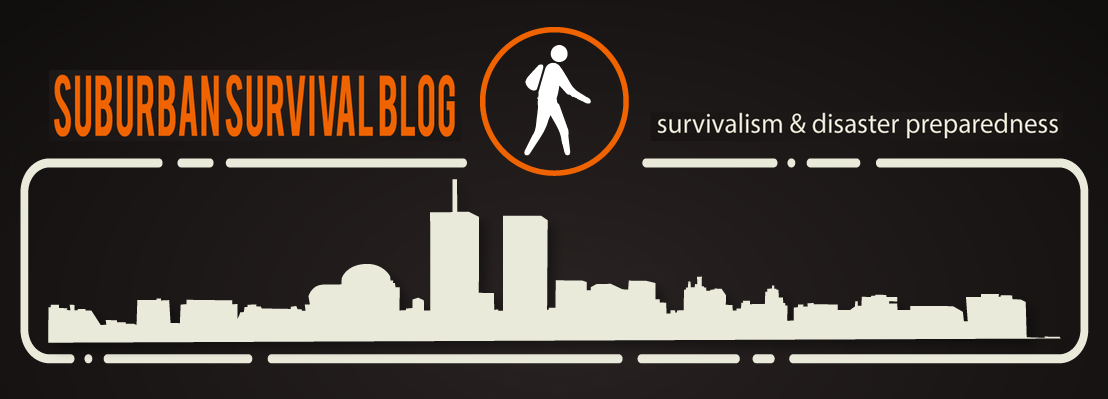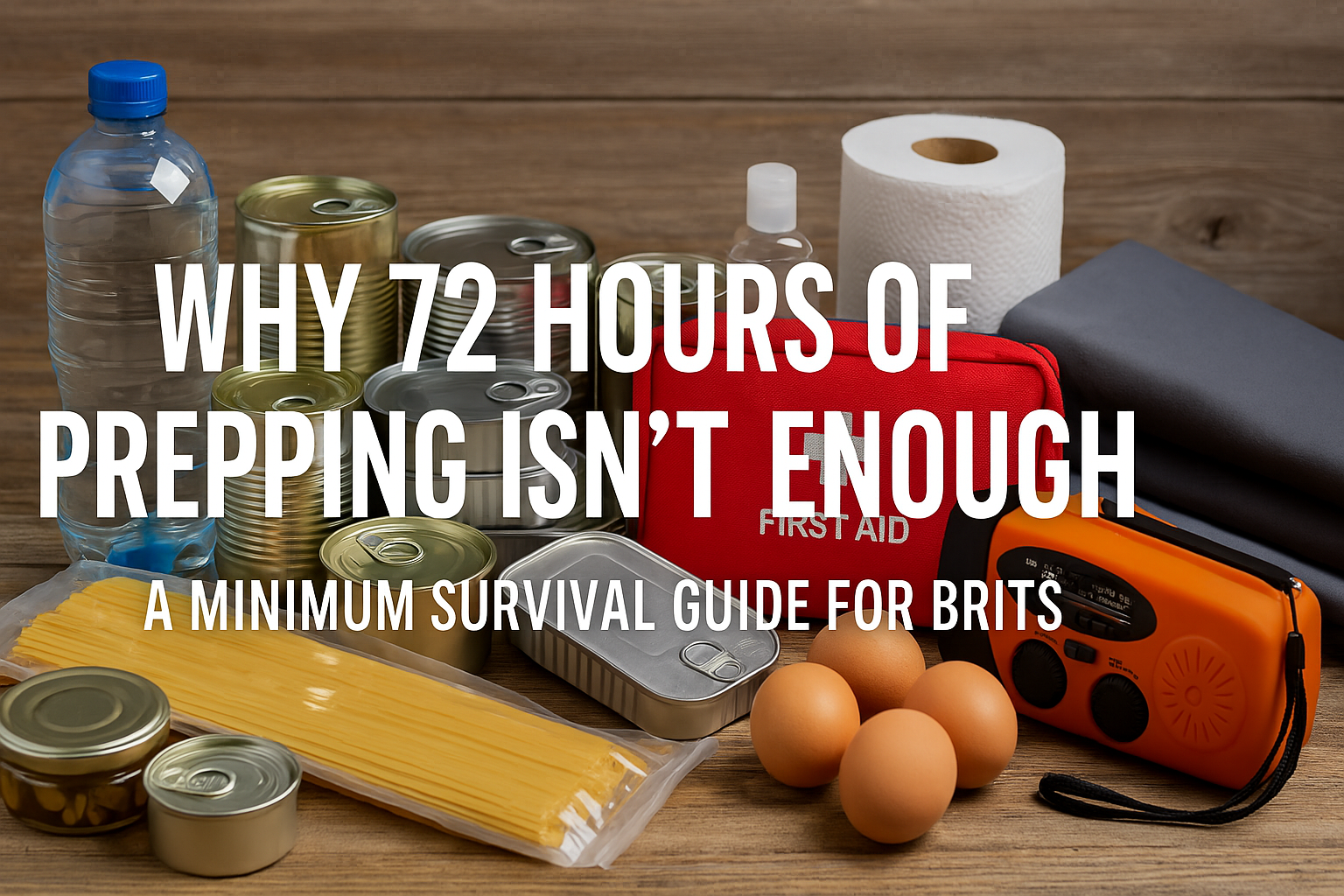The following was provided to me by my good friend Shane. He’s contributed to this blog in the past as Shanethenurse. Shane and I frequently talk about bug-out locations, sheltering in, medical prep, etc. As you can imagine the most recent discussions center around COVID-19. One topic that continually comes up from time to time is negative pressure rooms. Today, with Shane’s permission, I am going to share his isolation room plans with you, so that if you are taking COVID-19 very seriously, and I know Shane hopes you are, as he has seen some horror shows in his professional life. Both Shane and I hope you get something out of this, and that you can prepare yourself should COVID-19 continue in a downward spiral path, and the country is forced to shut down once again or worse.
As an aside, Shane has built isolation rooms for some of the hospitals/clinics in which he has helped manage care for COVID-19.
The following are instructions on building an isolation room should someone you know or someone in your family have COVID-19 or another virus whereby they must be isolated from the rest of the population or residents for treatment in the location in which you or they reside…
Isolation Room Instructions
Pick a room with an ensuite, if possible, to avoid the infected from having to walk through the house and potentially contaminate others. Also allows for a source of water. Typically, most bathrooms have an exhaust fan capable of moving many cubic feet per minute, CFM, check your fan’s capabilities. A 20x20x8 room is 3200 cubic feet and the air would have to be changed 12 times per hour 3200x12=38400 38400/60=640 CFM. Remember to take a cubic foot measurement of everything in the room and subtract it from the gross cubic feet of the room. You may be surprised.
Likely your bathroom fan will not be enough, and a supplemental fan will need to be placed in a window. If people must walk beside or under it the plan will have to change. But for now, we will assume this is not an issue and place a plain old box fan in the window and seal around it. Of course, this will become quite intolerable if the weather is extreme. Some of the box fans at the big box stores will move 2000CFM and are very inexpensive. A heater may be needed if it is too cold. Of course, smaller and more compact fans can be used as required to move the appropriate CFM of air. Make sure the fan blows the air out of the room. A high-quality furnace filter can be placed on the inside portion of the fan which may help to filter and trap to make it a little safer for those outside of the building, but this is not guaranteed and you may still wind up contaminating other people.
Get a small microwave, hot plate, and fridge for the isolation room. Use disposable plates, cups, etc. Have a garbage can or disposal area just for those items that get placed in another garbage and sealed when it is brought out of the room.
Food should be something they actually like to eat, high calorie too, and plenty of fluids such as soda, Gatorade, and flavored drink mixes. The afflicted may not want to eat for several days, this is normal and may lead to a profound weight loss. Digestion takes a lot of energy that is otherwise being spent on fighting the infection.
To seal the room, use a heavy plastic sheet 10 millimeters if possible though a cheap harbor Freight Tarp will do the trick, and on sale, they can be had for $1.99 or even free sometimes. Tape the plastic to the door using quality duct-type tape, I use T‑REX. Tape a zippered dust door to the plastic sheet, get one that opens like a “U” or a “C”. This makes it a lot easier to get through. If you get a “U” doorway remember to attach it with the zipper running down otherwise you are walking on your doorway which is self-defeating.
Below are some images of the steps:
- Start by using a standard 5 x 7 Standard Tarp
- Doorway Centered on the Tarp
- Tape Around the Centered Doorway
- Step One — Done
- Use the width of a Level to Offset From the Zipper & Make a Straight Line For Cutting
- Tape Around, Cut, and Step Two is Complete
If you can do an inner and an outer door this is even better. For the outer door leave a ½ inch gap at the top of the barrier, and for the inner door to leave a ½ inch gap at the bottom of the barrier this way it is less likely any droplets or particulates will get out. The gap is needed to allow for airflow and must not be omitted. Once you have secured the door to the plastic/tarp open it and cut the hole needed for the door opening. Once this is done tape it on the inside. A lot of these dust doors are large enough to cover a standard doorway without adding extra plastic, use your judgment. Do not be stingy with the tape no matter which method you use.
If you have the ability to make a vestibule get a shallow pan you can stand in and keep a spray bottle, the pump kind for gardening works well, with a water and bleach mix. Have another outside of the doorway in the common area anyways. If you are alone consider mounting the wand like a showerhead. If you have help, get a spray down before removing the safety gear. This of course would only apply if you are using a sperm suit. Though if things are this bad…
Other stuff you need.
- Masks: N‑95 is what we use in the hospital, it does the job. You must use a new mask with every entry. We also use non-permeable gowns which must also be changed with every entry. This can get expensive quickly. You can also get a non-permeable suit, AKA the sperm suit, and they are also expensive.
- Gloves: Nitrile or Latex are best, and a box of 100 is pretty cheap. Alternatively, you could use your own clothing which you would have to remove every time you left the room, place it in a plastic bag, seal, and wash. There are bags that dissolve in high heat so this may be a viable alternative, but I would rather use the disposables and get it out of the building.
- Goggles are great too, to prevent any possibility of the infection entering through the orbital area. Some infections require a full respiration system and they are quite expensive though a scuba rig will do the same thing, with a multitude of other steps to prevent any type of cross-contamination required, so I won’t even discuss it, because if things are this bad…
Putting on the protective gear is straightforward. See attachment from CDC for the don and doff sequence.
Use hand sanitizer after every glove removal. This will destroy your skin after a couple days. Get a good moisturizer or your skin will crack potentially allowing infection in. I use pure Lanolin. It stinks but works very well.
Alcohol and bleach wipes are your friend and they are cheap too, so keep some in the room, the vestibule if you make one, and the clean area.
Alcohol hand sanitizer is a great thing to keep in multiple places also.
Knowing the transmission route of the infection is critical. Droplet, blood, feces, touch, spores all have different life spans with some almost indestructible, clostridium difficile comes to mind. Others can live for days, weeks, and even months out of the body.
Knowing if the infection is bacterial or viral is also critical. No point in taking an antibiotic when an antiviral is needed. Should anyone need these medications are sure to add Lactobacillus acidophilus to their daily diet to prevent any type of gastrointestinal issues. This is found in yogurt. If you are going for pills, get the one that is alive and needs refrigeration.
If they have a respiratory issue such as a coronavirus, CoV, get a small SpO2 monitor, they can be had for less than $20 on Amazon. A pulse oximeter, SpO2 monitor, is great to have anyways.
Anybody with any co-morbid factors such as heart disease, emphysema, asthma, diabetes, etc. is less likely to survive than somebody who is healthy and does not smoke, drink, or do drugs. So just a heads up that your best efforts may be for naught because of the pre-existing compromise.
Body Disposal
Special Legal Note from Suburban: Suburban Survival Blog, nor its owners, authors, contributors, or writers, partners, or vendors, in any way endorses the following while societal norms, Rule of Law, and medical services are available to all. The following statements are made only for educational and illustration purposes only. If you take action on the below, you do so at your own legal risk.
If society has not totally collapsed and you can call the local Emergency Medical Service (EMS) or Police and they will either call for a Medical Examiner (ME), transport to a local hospital or designated body facility if things are really bad, or allow you to call the mortuary of choice and they will come to get it.
If you are on your own, society has collapsed, and you must do it yourself, place the body in a body bag to contain fluids, because in a very short amount of time in a heated dwelling cellular breakdown and decomposition will happen rapidly. No body-bag? No problem. Wrap the body in the bedding and tie off with string, rope, straps, belts, whatever you have. Wrap and seal a tarp around this. If no tarp used garbage bags you may have to do several layers to get a secure covering. No matter your religious preference, the best way to dispose of the body is by cremation. Leave it outside and the assorted critters start chewing on it and it spreads even further. If the body can be secured in a shed with temperatures below freezing to facilitate freezing the body this may be an alternative storage method before disposal.
The best way to burn is in a barrel with 1 gallon of gasoline per 10lb of body weight, there will be nothing left. The problem is we just created a mummy and it will not fit in a barrel. Alternatively, stack several pallets with plenty of tinder and branches on top. Place the body on top of that and cover with more branches or pallets. Douse with a flammable liquid, gasoline, kerosene, etc., and light it up. I know this seems somewhat harsh but burning is the best way to prevent further infection transmission. Keep the fire burning until there is nothing left, then burn a little longer so all the marrow is denatured too. If you can dig a grave first then do the above burning procedure in the grave everything is contained within that hole and just need the dirt replaced. Put rocks on top to decrease the likelihood of critters digging something up.
Be sure to document everything, because there will come a day when somebody wants to know what happened and a video of the sick, becoming the dead, becoming the ash may be the only thing that keeps you out of prison if the Rule of Law is restored.








